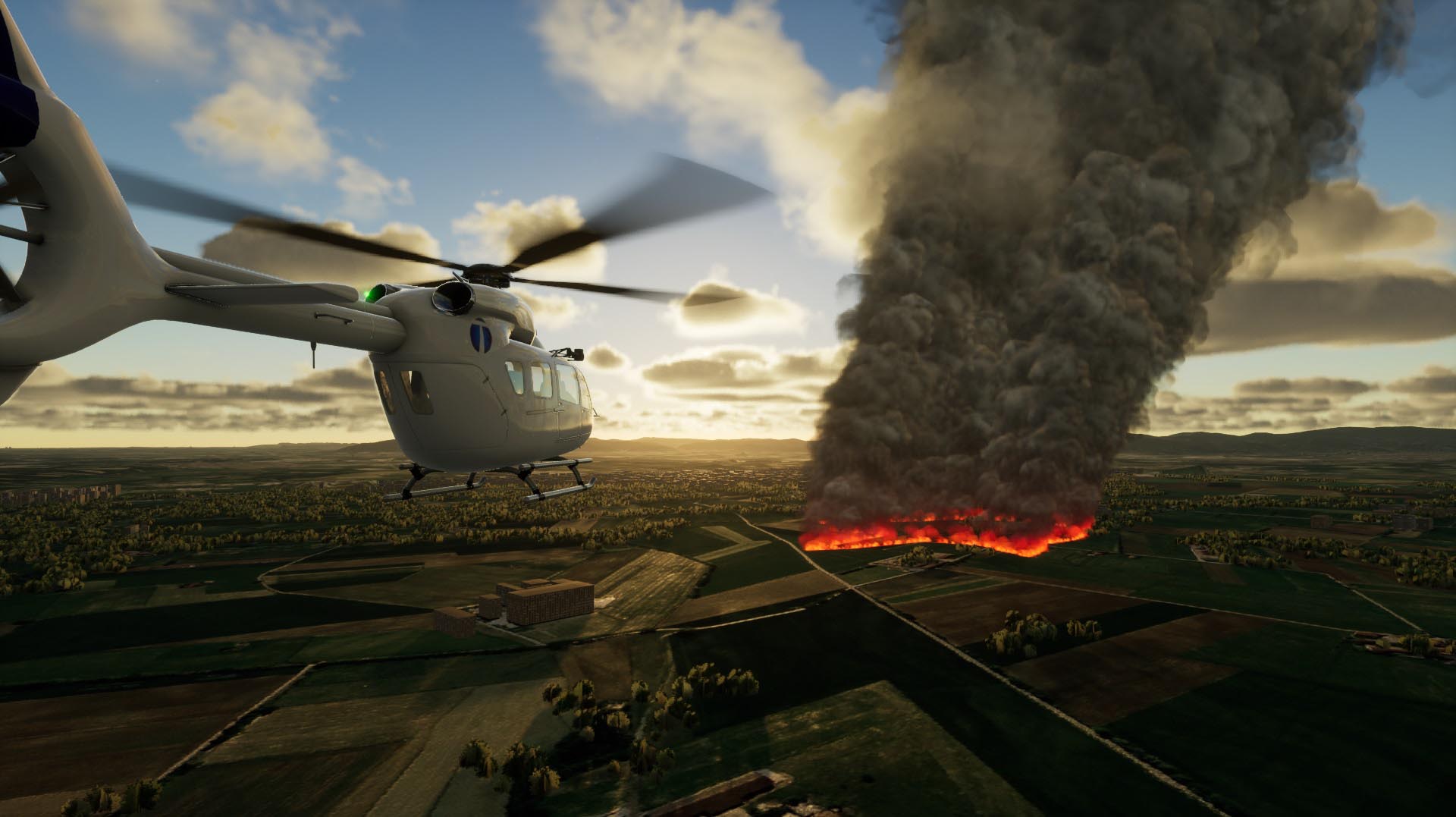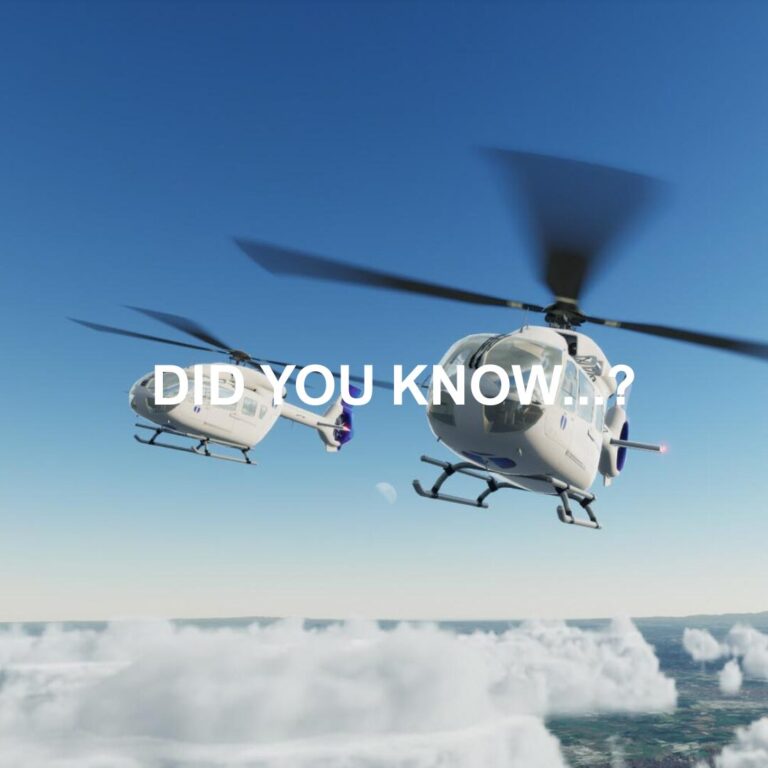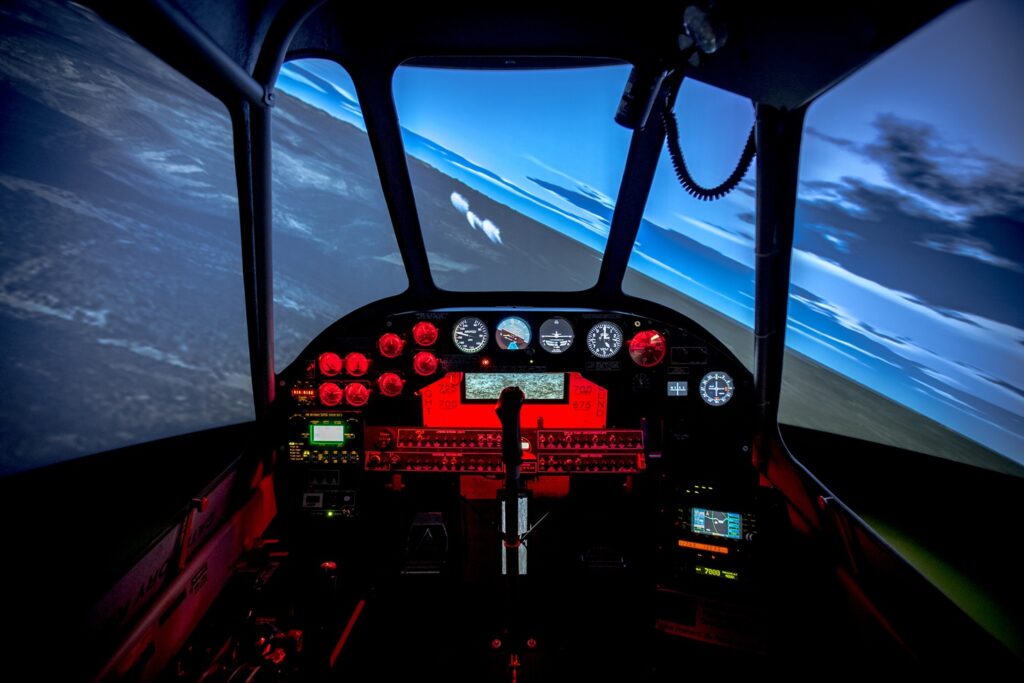
Each year, and with increasing frequency, aviation plays a decisive role in the fight against wildfires. As flames spread, affecting forests, properties, and ecosystems, the aerial firefighting pilot becomes a key player in the response. They are the operational front line, a crucial human element whose expertise, skill, and preparation can determine the outcome of the emergency.
At entrol, we understand that behind every successful operation lies elite training. But what specific challenges does this complex aerial work entail, and how are these professionals trained to operate in one of aviation’s most demanding environments?
The unforgiving reality: the challenges of aerial firefighting
The job of an aerial firefighting pilot goes far beyond conventional flying. They face a set of challenges where risk is constant and flight conditions are altered by the fire itself.
1. Flying through fire: extreme aerodynamics and Zero Visibility
The convection column of a large fire generates its own microclimate with severe turbulence, unpredictable downdrafts and wind shear that can exceed the aircraft’s control authority. Added to this is the dense smoke, which not only reduces visibility to zero in seconds but can also cause ash ingestion in the engines, leading to a loss of power at the most critical moment. The pilot must trust their instrumentation and their instincts, trained to fly in conditions where the senses deceive.
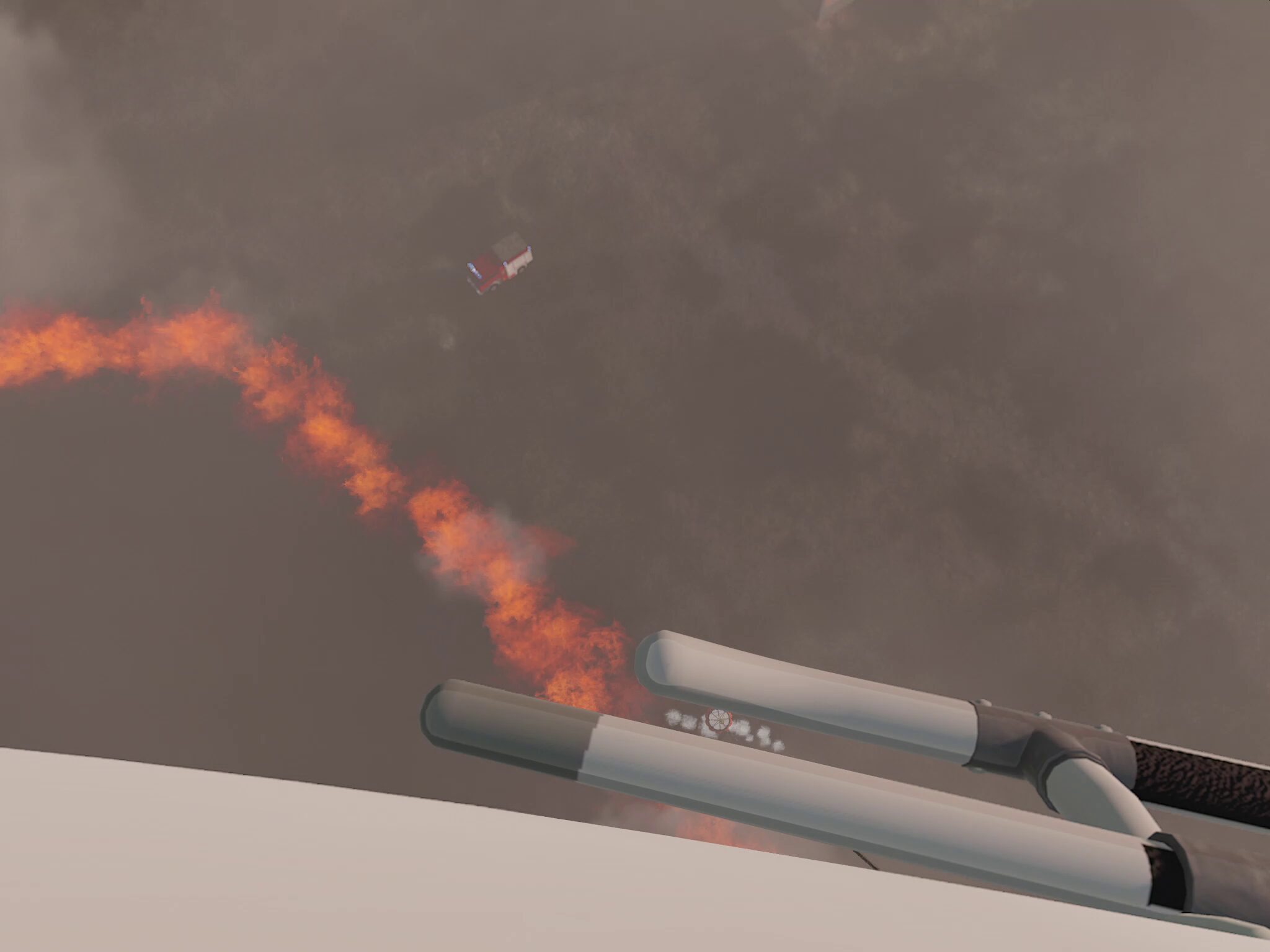
2. Navigating the danger zone: low-altitude and complex terrain
Effective firefighting requires flying at very low altitudes, performing contour flying maneuvers to follow the relief of valleys and slopes. This proximity to the ground, combined with low visibility, drastically reduces reaction time to unforeseen obstacles like trees, power lines, or antennas. Judging distance and altitude becomes incredibly difficult, and planning escape routes in case of an emergency is a constant task.
3.The cognitive battlefield: mission management and fatigue
The workload of an aerial firefighting pilot is immense. They must simultaneously: pilot the aircraft in a hostile environment, manage the drop systems, communicate by radio with the ground command post and other aircraft, and maintain complete situational awareness to avoid collisions. This level of cognitive stress, sustained over long flight hours, leads to fatigue, a factor known to degrade decision-making and a precursor to accidents.
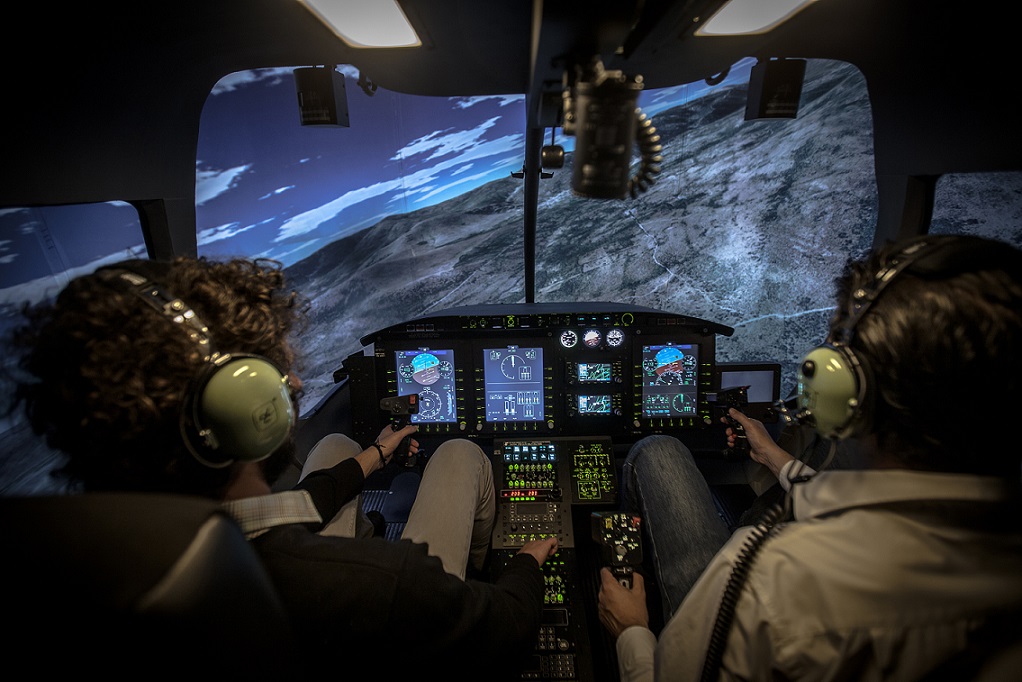
Forging elite pilots: the power of advanced simulation training
To face these challenges, modern aerial firefighting training relies on technology to create safe and ultra-realistic practice environments. This is where simulation becomes indispensable.
1. Replicating the unthinkable: mastering emergency procedures
Training for some of the most critical emergencies, like an in-flight engine failure in a valley or a hydraulic control loss during a drop, is inherently dangerous and not recommended to perform in a real aircraft. Flight simulators allow pilots to face these and hundreds of other failures, training emergency procedures until the response is automatic. This includes everything from failures in the drop system to the loss of tail rotor effectiveness in helicopters, all in a safe environment.
2. The science of the drop: precision and aircraft behavior
A drop of water or retardant (which can weigh several tons) drastically alters the aircraft’s weight and center of gravity in a fraction of a second. This change causes aerodynamic reactions that must be anticipated and corrected immediately. Both helicopter simulators and fixed-wing aircraft simulators allow this complex phase to be practiced hundreds of times, perfecting the drop’s precision on the target. Furthermore, the simulator is the ideal environment to train for the aircraft’s post-drop behavior. While obtaining real-world flight data for this sudden change is nearly impossible, our flight models have been developed and refined in collaboration with experienced firefighting pilots. This allows crews to practice the crucial control inputs and anticipation needed to manage the aircraft’s change in handling and safely initiate the escape maneuver.
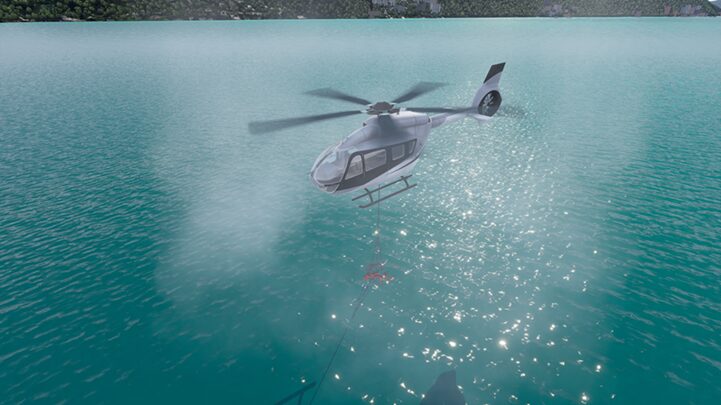
3. The entrol multi-mission environment: training the entire team
The success of an aerial operation depends on the seamless coordination of the entire team. This is where entrol’s Multi-Mission Environment (MME) technology comes into play, transforming the simulator from a pilot trainer into a comprehensive operational hub. Within this ecosystem, an instructor can build incredibly complex scenarios where the pilot must interact with:
- Virtual ground personnel, such as firefighting brigades or a Forward Command Post (FCP).
- Other AI-controlled aircraft on predefined tracks, replicating a busy and dynamic airspace.
- A real crew member in our MR Hoist Operator Station, allowing a pilot and a hoist operator to train their crucial teamwork in a shared mixed-reality world.
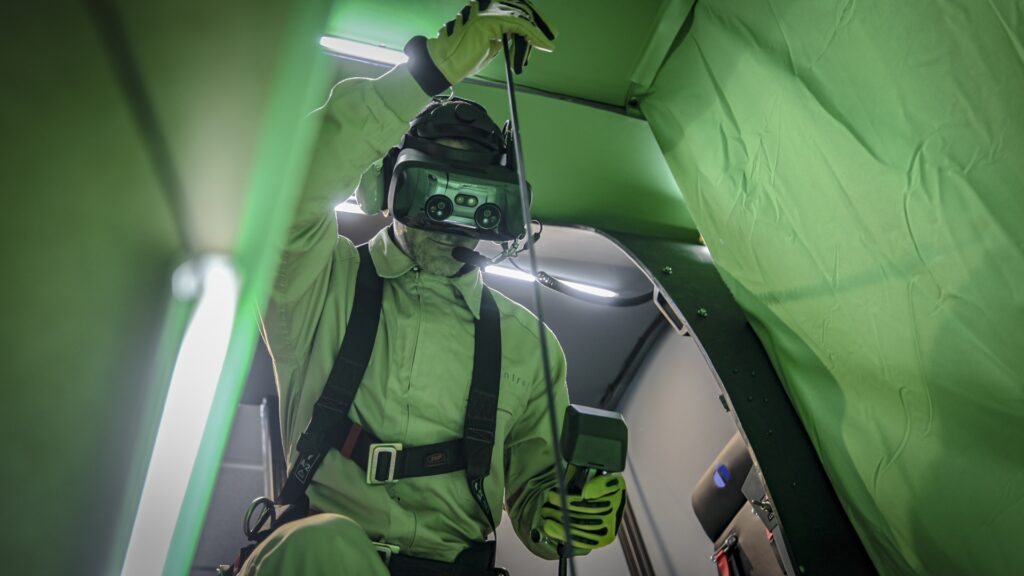
This integrated approach elevates Crew Resource Management (CRM) from a theoretical concept to a practical, hands-on skill, preparing the entire team to manage information flow and make cohesive decisions as one.
Why entrol technology is mission-ready
At entrol, we have spent years developing simulation technology for the world’s most demanding operators, including emergency services and air forces. We understand that missions like firefighting require a superior level of realism and reliability.
Our flight simulators are equipped with cutting-edge technology to meet the challenges of aerial firefighting:
- Visual System: Capable of generating scenarios with variable-density smoke, reduced visibility, and fire effects for unprecedented visual realism.
- High-Fidelity Flight Models: They reproduce the complex aerodynamic conditions caused by the fire and the changes in weight and balance during drops.
- Customizable Simulators: Our customization goes beyond just the aircraft model. We understand that within the same model series, configurations can vary significantly from one aircraft to another—especially in specialized missions. An Air Tractor AT-802, for example, can have different avionics or mission equipment.

Our engineering process focuses on replicating the exact configuration of your fleet, ensuring that your pilots train in a virtual environment that is a true 1-to-1 digital twin of the aircraft they will fly on real missions. This includes the precise layout of the cockpit and the specific behavior of your firefighting systems.
Preparation saves lives. And the best preparation for the fight against fire begins in an entrol simulator.
